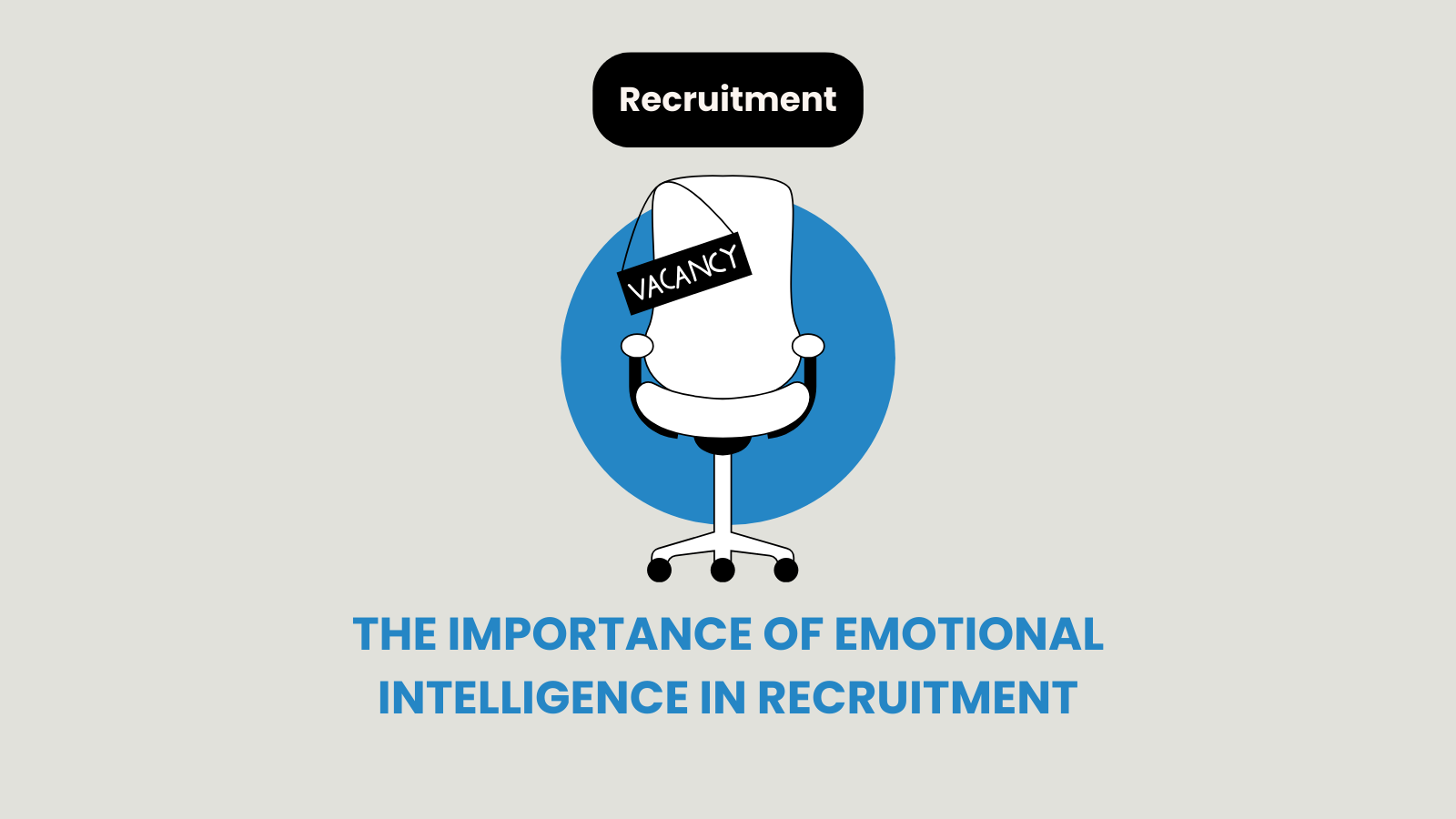Many well-known & traditional workplace arrangements are being reshaped. Some new concepts are already proven effective. Others are still in the domain of a trial period. In the past few months, we’ve seen and heard tons of news (+ tips, tricks, and insights) about a four-day working week. And it is awesome! Or is it?
Here’s how it started – many companies were struggling with recruitment and retention. So, they’ve decided to try a brand-new method and embrace a 4-day workweek. In most cases, it means that their employees would have a compressed work schedule. Most are reacting well to this change. And sure, it does come with quite a few buzzworthy perks. But there are some stumbling blocks we must mention too.
Four-day working week: The new concept
The job market went through enormous changes. It all started in 2020 when countless businesses had to switch to remote work. At some point, part of the workforce went back to their offices. But simultaneously, a huge chunk went for a hybrid workplace model. And that’s just a sneak peek into the alterations companies & employees worldwide have faced. Recently, we’ve come face to face with a massive wave of layoffs. And not even the tech industry giants like Meta (Facebook), Netflix, or Uber were immune to this devastating trend.
So, in this unstable market, some firms chose to go for a new tactic that will ease the lives of their employees. And at the same time, it would grant them a more effective recruitment strategy and a bigger talent pool. They picked a four-day working week. So now, some are looking at the compressed time. It means that they’ve ditched eight hours of work for five days a week and are currently working for 10 hours a day (with an extra day of weekend 🥳). On a super-bright note, some actually enjoy reduced hours, and that means 28 – 35 hours of work per week. Sounds good? So far, there’s nothing wrong with the idea. But let’s take a closer look.
What are the pros and cons of a four-day workweek?
US and Canadian employers decided to shorten the workweek for their staff a few months back. According to the sources, more than 3,000 employees at 70 UK companies are also trying out the four-day working week from Jun 1st. At the moment, it’s all in a phase of a pilot project. So, here’s the ultimate goal: 100% pay + 80% of the time + maintaining 100% productivity. Pretty neat, right? Nearly 68% of American workers strongly agree with this hot trend. But still, the situation is far from perfect when you look closely. Will this fresh approach to work & daily schedule suit every employee? And will it be equally efficient in every industry and niche?
Awesome perks you’ll get: What are the advantages of a four-day workweek?
Better mood, lifted spirits, and fewer absences are among the key perks a four-day workweek can bring. After all, that’s the aim every firm is pursuing. This trend should reduce burnout, depression caused by tight deadlines and prolonged stress, and similar negative consequences that are often triggered by daily jobs.
Also, a flexible working pattern will undoubtedly affect both employee and candidate experience. People love to get cozy and tucked in an environment that grants them freedom and balance. So, your recruitment tactics and employee retention rates will be in for a massive improvement.
Now, here’s a tricky part: some are already reporting reduced costs due to a 4-day workweek. It’s because it did drive productivity, desired results, and less downtime. However, certain industries, such as healthcare, wouldn’t actually skyrocket their incomes & smash their cash burnouts. Niches that entail long working hours and shifts are less prone to give a seal of approval, let alone be over the Moon, because their staff will spend less time on-site. Anyhow, if you’re looking for developers or other tech talents, this precise trend might easily be chef-d’oeuvre. In other words – bull’s eye!
Busting the myth fully: What are the disadvantages of a 4-day work week?
Now that we have mentioned the matter of potential gain/loss of money, we’ll start by analyzing that point. So, a four-day working week might reduce your expenses. But it can also raise them. So, if long shifts are entailed, the company may need to pay more overtime or hire more staff to make up for any shortage. The study conducted in Sweden’s healthcare industry proves this precise point.
Also, to pull off a 4-day workweek, a business must get its hands on the right kind of support, tools & technology and develop a strong workplace culture. If there are any lacks or flaws in these areas, the whole concept will likely go up in smoke. Here’s a downside to consider – customer satisfaction could decrease. Imagine that you need information or help on a Friday, and the business you’re interacting with is just… closed. It will certainly annoy customers, buyers, or clients. Surely, chatbots and AI can do the trick here. But it still requires careful planning and the right widgets, so don’t let this potential drawback.
Now, let’s take a glance at the disadvantages that could pop up internally and cause job dissatisfaction. Some employees could be more stressed (although the idea was exactly the opposite). Also, they could do more work than some of their colleagues, which can trigger conflicts and turn the environment toxic. Plus, more monitoring will be needed to see if all schedules are fitting and whether productivity is rising as planned.
What employers should know before trying a 4-day workweek [key points]
Having an extra day off every week is a plan that most employees would root for. But the idea may seem a bit less appealing from the managers’ perspective. In any case, there are a few basic rules that must be followed to make the most of this concept truly. So how does the four-day week work? What makes it effective (or takes you on the debit side)?
Well, if your company is all in & would gladly set up a pilot project where its staff members would leave the typical 8-hour workday plan, five days a week, you must grasp the crucial point. Compressed hours <<< reduced hours. Simply put – don’t make your workers hammer away for 35+ hours over the course of four days. It’s always better to knock off a few hours (for the same reimbursement) and aim for productivity & improved employee experience + engagement. And everything that follows.
Lastly, it’s imperative that companies that go for this model and schedule get the best tools and incorporate them into carefully planned tactics. That way only will everyone reap the advantages of a four-day working week with all its flexibility and motivation boosters.
Four-day working week surely can be amazing!
A 4-day-workweek seems like a brand-new trend. And it feels more than appealing to most employees around the globe. Still, it’s not that much of an unfamiliar concept. In fact, the number of working hours today is reduced compared to the decades behind us. It is believed that Henry Ford introduced the 5-day workweek in 1914 after the industrial workers were busy for six days per week. So, nowadays, trying out scaled-down workweeks is not unexpected.
But remember – this tendency has both pros & cons. And if you intend to give it a test ride, you better plan it well and ensure that your workers are ready for it.




